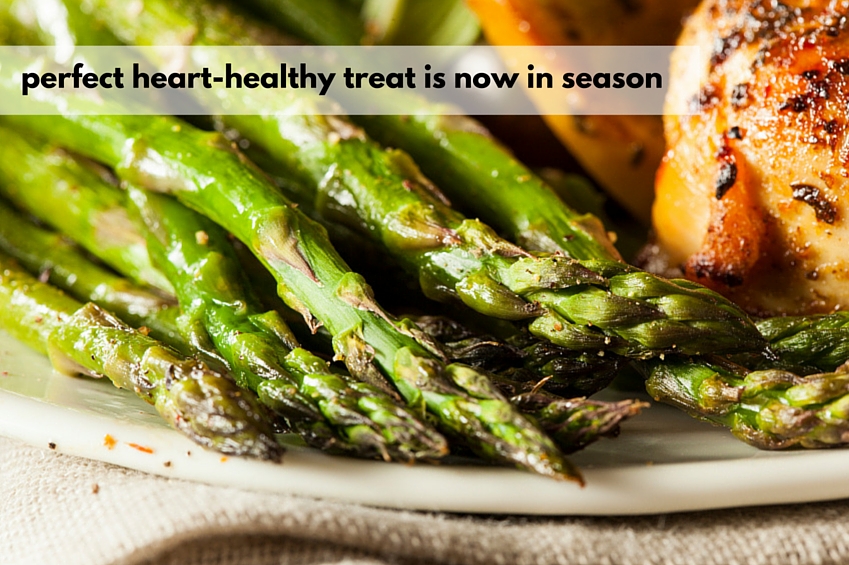Serve asparagus crispy ” and chomp down on vitamins A and K.
Avoid the soggy, sauce-drenched limp stalks of your childhood; boiled beyond recognition and eaten only out of a sense of obligation or the promise of dessert. (By the way, if you’re doing that, you should stop.)
Choose young, tender stalks. Wrap an apron around your kid and stand him at the sink to rinse them under cool running water. Dry on a paper towel.
Cut off the bottoms while your young assistant makes a “boat” of foil long enough for the trimmed asparagus. Sprinkle with lemon pepper and minced garlic. Drizzle with olive oil. Seal and roast for 20 minutes in the oven. For the final 5 minutes, open up the foil and let them get crispy. A few minutes more for extra crispy.
“They are great – vitamin A, tons of vitamin K,” said Lori Purtell, a registered and licensed dietitian at St. Elizabeth Healthcare. If you are taking blood thinners, be aware that increased vitamin K can interfere with medication. You should discuss with your doctor how much you can eat.
Purtell likes to involve her children in gardening and preparation because they get an appreciation for what it takes to get food to the table. “Right now, he’s picking blackberries. We’re going to make a pie,” Purtell says of her son. “When he’s involved in that process, he’s much more likely to eat it.”
Have a picky eater at home? Check out these tips.
The dark green vegetable perks up to a bright green when cooked. It provides vitamins B, C, and E, as well as potassium, zinc, and iron. A cup of asparagus has just 30 calories, three grams of protein, three grams of fiber, and is a source of folate. High in antioxidants, it can reduce inflammation and, in turn, reduce the risk of heart disease.
Serve hot or cold. Chop it up and use it in salads and just about everything. When she’s not crunching on a crispy stalk, Purtell’s favorite is chopped into a parmesan cheese quiche.

